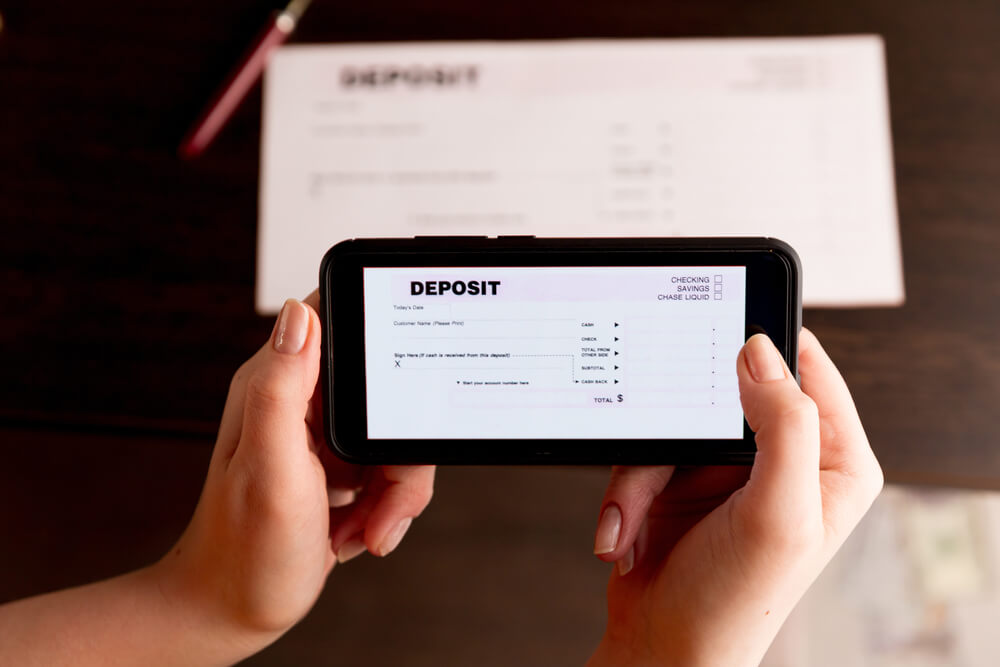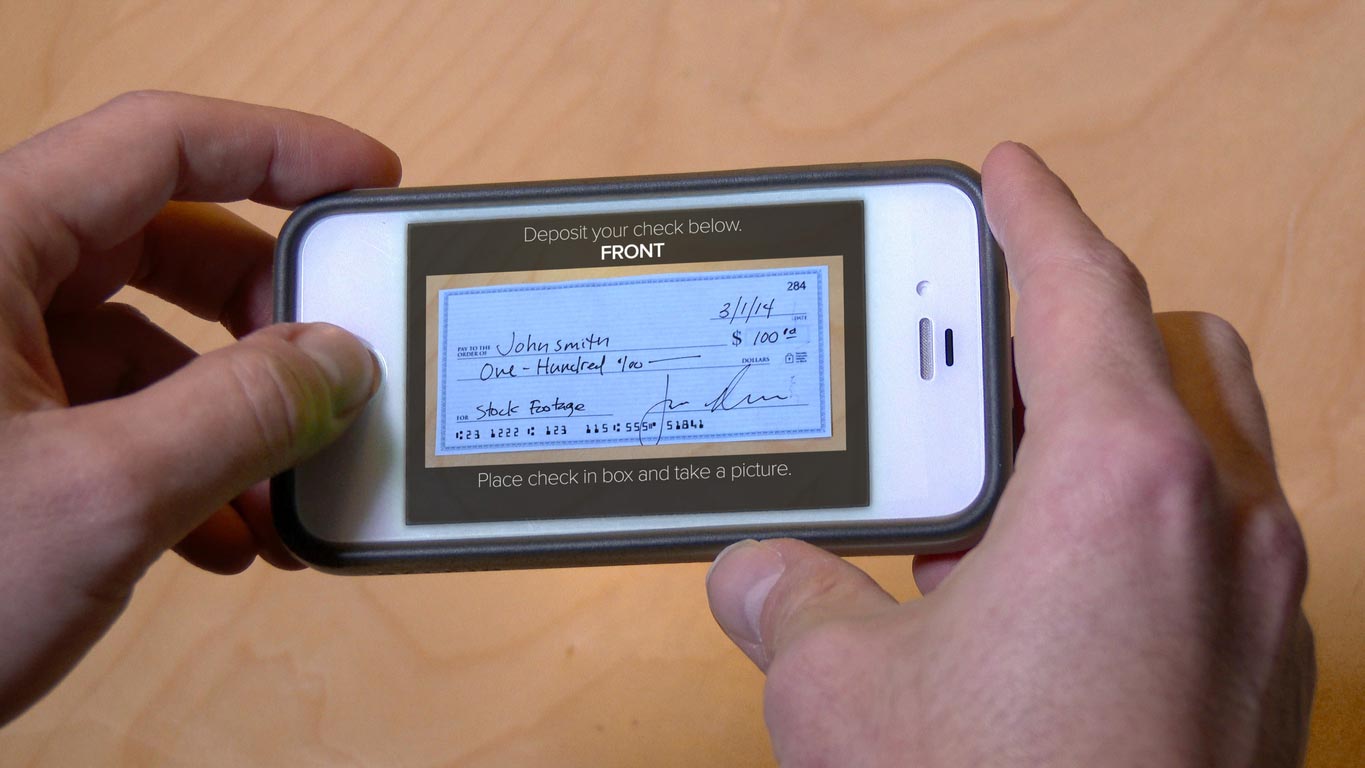The establishment of the Clearing for the 21st Century Act, widely known as Check 21 Act has, as we have previously noted, summoned a variety of conveniences in America’s everyday money-moving. The very process of banking institutions’ mutual check clearing started relying significantly on electronic, as opposed to standard, physical check copies. However, this method was not only effective for day-to-day, person-to-person check clearing: through the Check 21 Act, remote depositing became possible as well.
What is Remote Deposit Capture?
Remote Deposit Capture (RDC) essentially clears payments by snapping check images rather than sending physical check copies to their intended destination. The overall result is quicker, bypasses potential mistakes, and does a great deal for the environment, due to minimizing cellulose paper usage, and thus, cutting down entire forests.
Remote Deposit Capturing: RDC History
Businesses and companies were the pioneers in remote depositing. As these use massive check amounts, it is very convenient for them to remotely deposit funds intended for the expansion of the business itself, employee payrolls, and overall any operation including moving money.
However, it is common for individuals to use these conveniences as well – especially the busy ones; it is no longer necessary to go to the bank every day, as you can remotely deposit money from the comfort of your home office.

Initially, mostly large companies leaned towards generating a remote deposit because, at the time, it was not common to own an expensive piece of technology such as a specific check scanner. The time frame we are referring to is 2004 to 2008 – from the introduction of the Check 21 Act to the time of mass availability of these scanners.
At the time, a standard fee for these services was normally up to $70; between 2005 and 2009, it became common practice for banking institutions to, through signing a 1- to 2-year contract with the client, present a client with a free scanner. It is worth mentioning that these services were, at the time, still too cost-inefficient for home businesses, until several years later.
By the end of the first decade of the century, cheaper RDC services became much more common, using standard scanning devices that are still used these days. This practice brought remote depositing to everyday use within the small-business, home-office based community, reaching its full potential in the banking world. Today, we use cellphone apps and smartphone cameras for quick check image capturing, entirely avoiding personal computers, scanners, etc.
Financial institution and third-party money-moving services are very invested in these services. As depositing is quicker and more convenient, it makes everyone’s life much easier. Also, the amount of labor the banks need to invest in these services is minimal, as opposed to standard check handling. Customers’ one job is to snap an image – no need for tellers or trips to the bank.
Remote Deposit Capturing is, without a single doubt, constantly evolving, and it has been since its initiation to America’s everyday economy back in 2004. As it overcame the hardships of expensive technology needed for its pursuit, it is now more available and more used than ever before. Today, we use our smartphones to extend funds to places that would have been much harder and slower to reach otherwise – and from the very comfort of our own homes.
Check printing and mailing are our main agency; we explore this and plenty of other topics on our blog. Feel free to check it out or learn how to contact us to request an audit.






